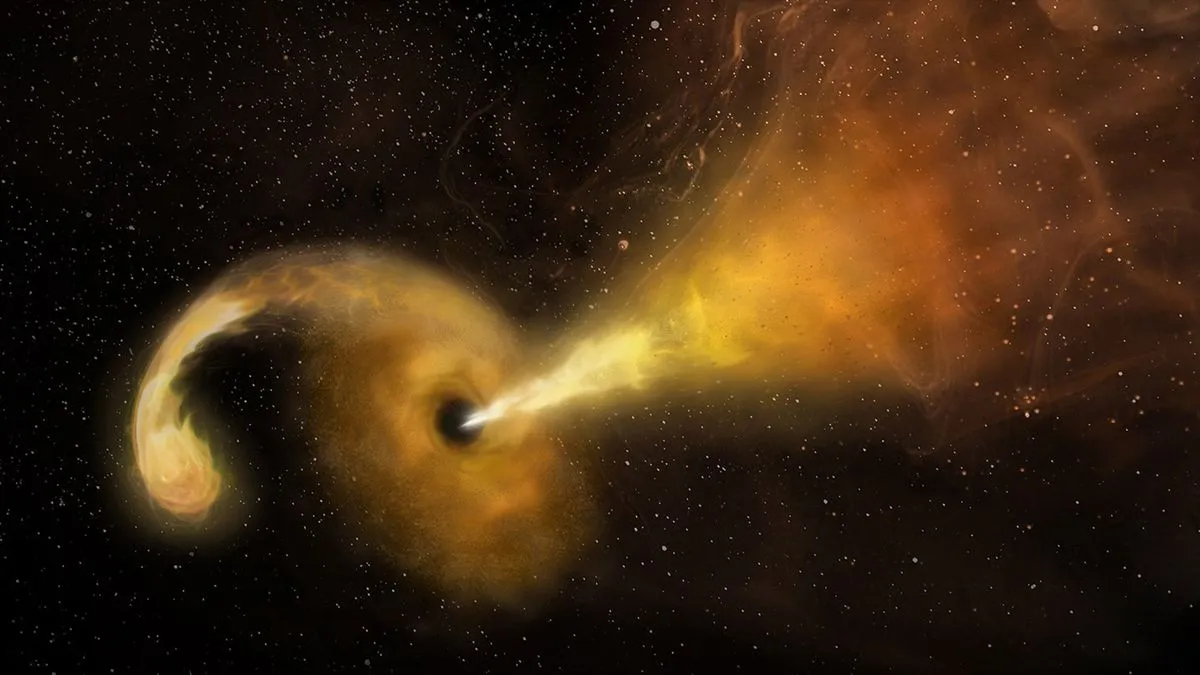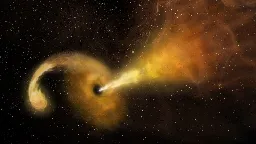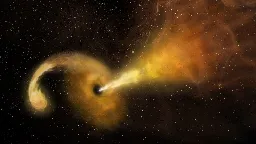Black holes keep 'burping up' stars they destroyed years earlier, and astronomers don't know why
Black holes keep 'burping up' stars they destroyed years earlier, and astronomers don't know why

www.livescience.com
Black holes keep 'burping up' stars they destroyed years earlier, and astronomers don't know why


